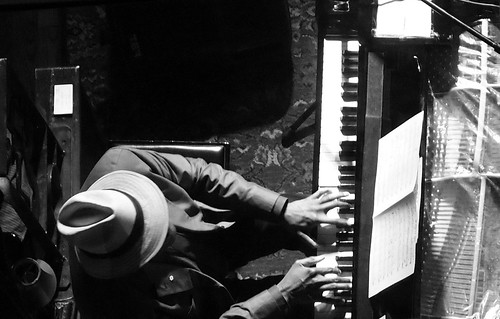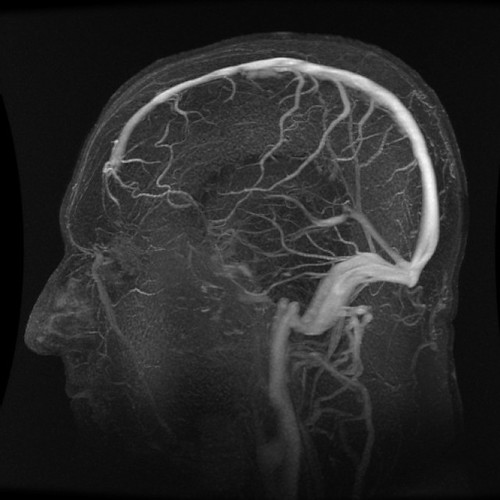Shownotes
Spark My Muse – Episode 3 (5 best tools for opening wine and guest Natalie Hart)
Podcast: Play in new window | Download (Duration: 26:07 — 23.9MB) | Embed
Subscribe to Spark My Muse Apple Podcasts | Spotify | Email | TuneIn | RSS | Subscribe to Spark My Muse
Spark my muse is The podcast for curious creatives types, wine newbies, and those willing to put up with my occasional silliness. Thank you so much for sharing your time with me.
This episode is brought to you by:
Life As Prayer: Life As Prayer: Revived Spirituality Inspired by Ancient Piety
Today’s wine segment!
I open dozens of bottles of wine per week as a manager of a wine tasting room at Spring Gate Vineyard. We use a simple tool, I hadn’t seen before to make it quick and simple with very high levels of success.
BASICALLY only the cork should get screwed. No broken corks, no puncture wounds–for you!
Cork screw is also called a wine key, or a waiter’s pry.
There are a few tools that are poor choices for opening bottles….
There are the best tools which may include some you may want to avoid.
These (affiliate) links will get them for you at a good price.
• Basic lever corkscrew – very inexpensive, small and portable, comes on an army knife. (There’s a better option below…keep reading.)
• Electronic one – large, slow, overly complex for my taste. It can be glitchy, run out of power…
• Winged or butterfly…It has arms that go up as you twist it down into the cork…Easily can cause broken corks when not done right. (Tip: hold the arm down tightly until you get it firmly pinned down to the cork and begin twisting straight down.) It’s slow, and has higher failures.
• The rabbit style. Large, more complicated than necessary. Table mounted options. If you have the room, like a full bar in your house…go for it.
• Air pressure bottle opener. It uses a needle CO 2 80 bottles…meh.
What’s the best tool?
The 2 lever waiter’s corkscrew!
It’s portable,fast, and low tech. The secret is the double hinge. It only takes about three rotations. (TIP: Go straight down and use the lever to pull the cork straight up. Don’t crank the cork to the side. First you use the top lever and then you switch to the bottom one.)
Here’s a video of the same tool I use at work and how to use it. Skip to minute 1:00.
Spark My Muse guest:
Writer – Natalie Hart
• Natalie’s Webiste
• Her book: The Giant Slayer
We discussed:
• Biblical fiction genre
• Her favorite way to get unstack creatively
• Identity (David’s, and the rest of us.)
Thanks for listening / reading. Please subscribe, or leave comments. I’d love to hear if you like the show.
For just $1 you can help the show purchase better sound equipment for better quality in future podcasts!
Special perks and rewards are available too. Join with the Spark My Muse community at the Spark My Muse page at Patreon! Click the image for more info.



